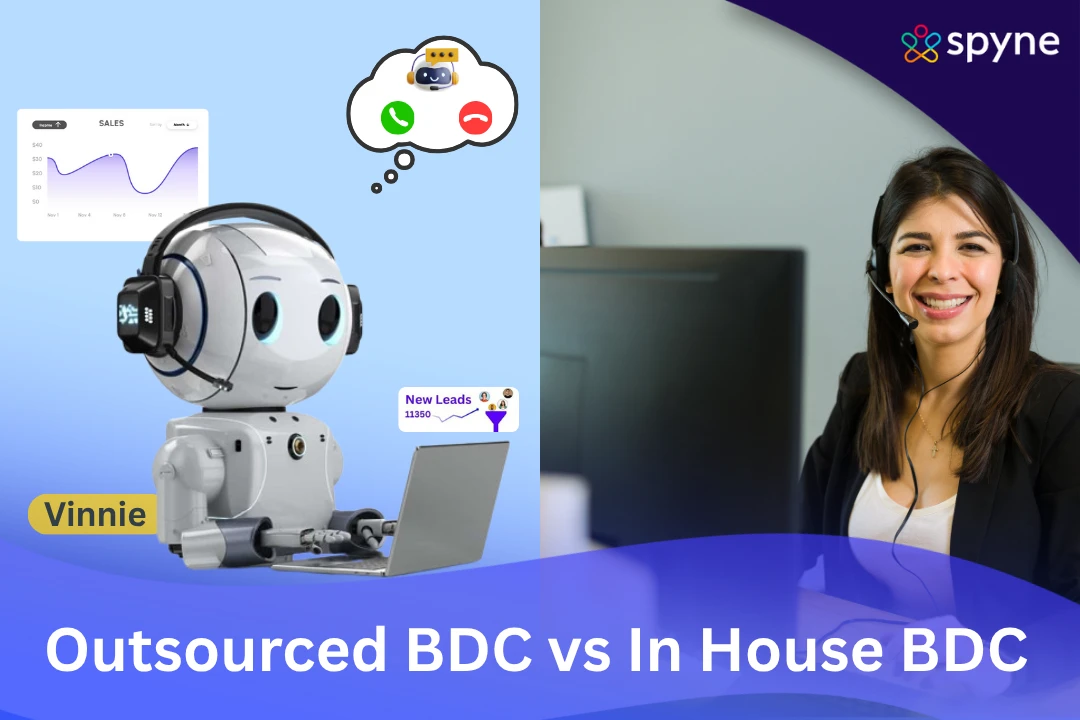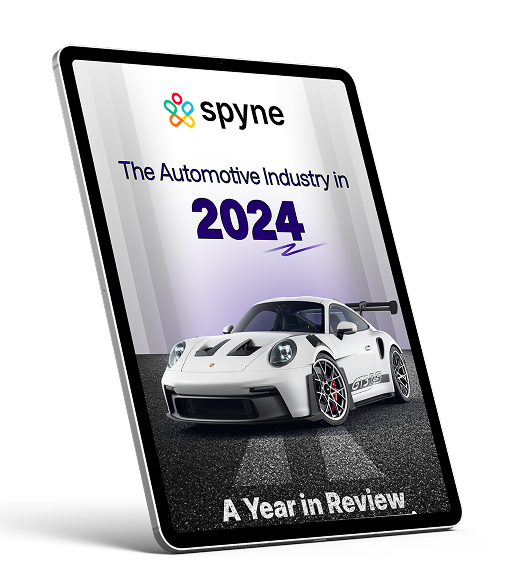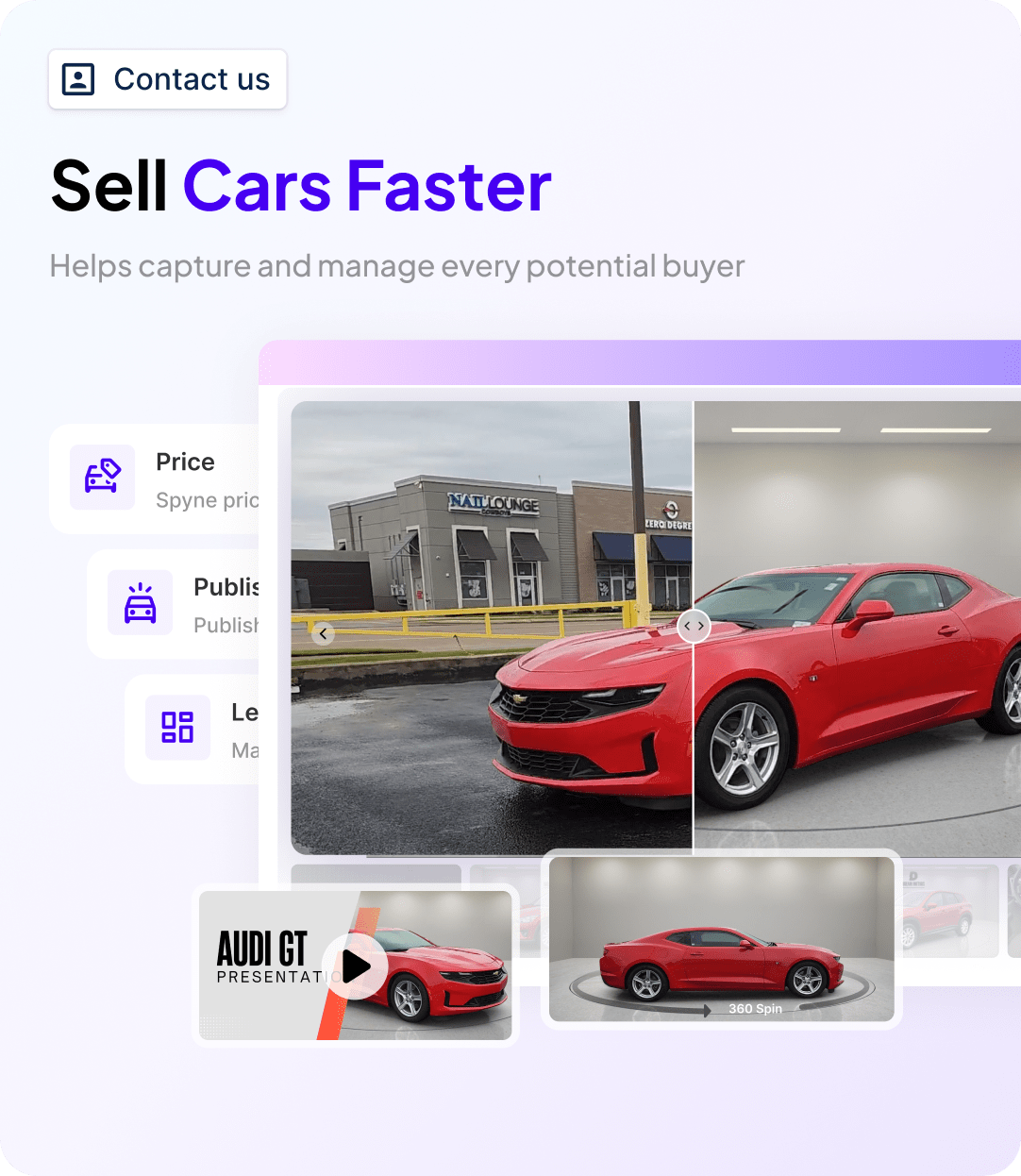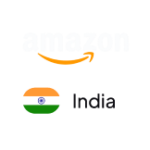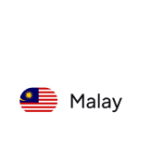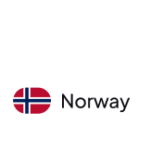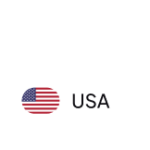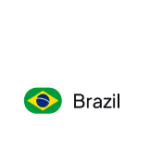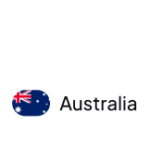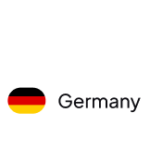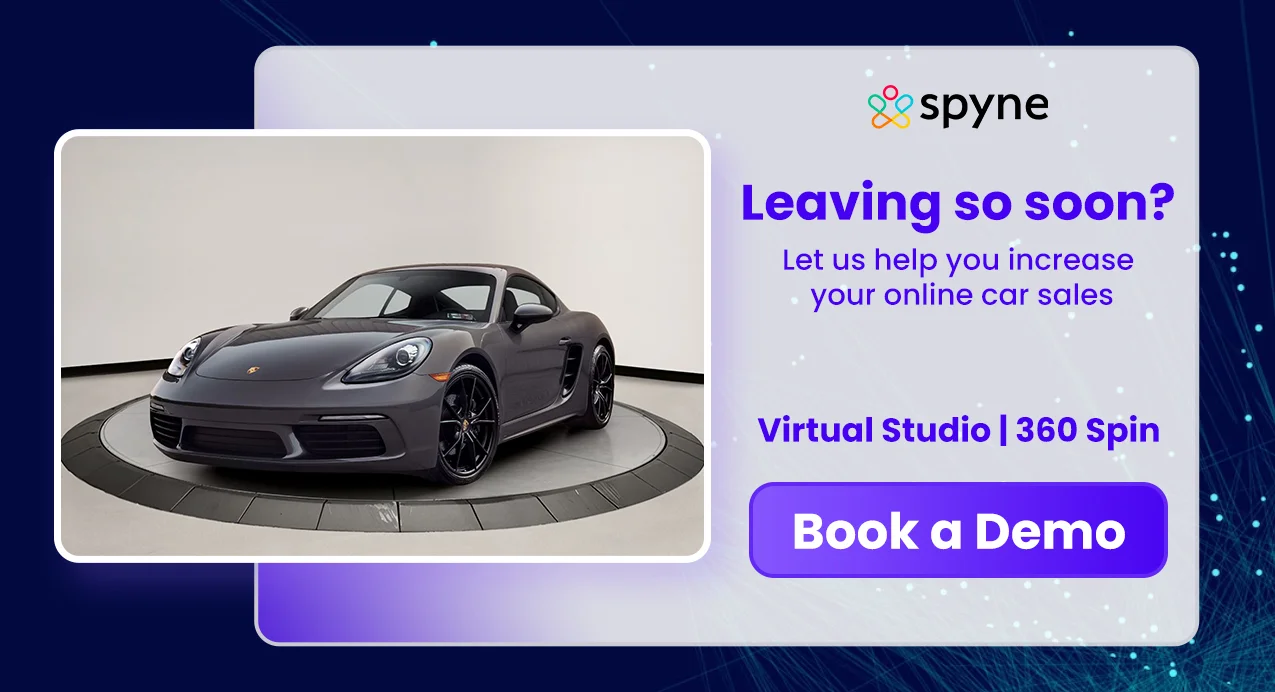When it comes to managing leads and increasing sales efficiency, Businesses face a critical choice: outsourced BDC vs in house BDC. A Business Development Center (BDC) plays a pivotal role in nurturing leads, setting appointments, and driving conversions. While an in-house BDC offers direct control and brand alignment, outsourcing BDC functions can deliver faster setup, lower costs, and access to specialized expertise. This blog explores the key differences between these two models, helping you understand what BDC is and why many businesses are turning to outsourced BDC automotive solutions for better agility and performance. Whether you want to reduce costs or improve your BDC services, choosing the right model is essential for long-term growth.
What is BDC?
A Business Development Center (BDC) is an individual or department dedicated to managing inbound and outbound communication, lead management, appointment setting, and assisting the sales team. BDCs are prevalent across verticals such as retail, health care, real estate, and so on, where customer interaction and prompt follow-ups drive growth.
You may have a BDC in-house or opt to outsource your BDC functions to a third-party expert specialist. As more companies weigh the ROI of outsourcing versus having in house BDC teams, the controversy surrounding outsourced BDC versus in house BDC keeps escalating.
What is Outsourced BDC?
An outsourced BDC (Business Development Center) is when a business hires a third-party provider to handle its BDC tasks, such as lead follow-ups, appointment scheduling, and customer communication, instead of building an internal team. This approach gives companies instant access to trained professionals, proven systems, and the latest tech without the overhead costs of running everything in-house.
Compared to creating an in-house system that may take months and cost over $200K annually, outsourced BDCs usually operate on a monthly subscription basis with set, predictable fees. Companies can scale up or down quickly, and setup is typically done in a matter of weeks. When properly implemented, the ROI from outsourcing BDC can appear fairly quickly, often with only a few more closed deals per month.
Of course, there may be issues regarding loss of control or CRM integration. But credible providers resolve this through transparent reporting, painless tech integration, and open communication with internal teams. As customers increasingly turn online and AI solutions become more prevalent, the debate of Outsourced BDC vs In House BDC is less and less about expense and more about agility, velocity, and overall efficiency in the long term.
What is In-House BDC?
An in-house BDC (Business Development Center) is a team within your own company that manages lead generation, customer follow-ups, and appointment scheduling. Unlike outsourcing, you hire, train, and manage this team internally, giving you full control over day-to-day operations, staff performance, and how customer interactions are handled. This team works closely with your sales consultants to ensure smooth handoffs and aligned customer experiences.
The largest benefit of an in-house setup is alignment; it keeps your BDC personnel in touch with your brand, familiar with your services in depth, and working directly with other departments. It can make the customer experience more uniform and personalized.
However, running an internal BDC comes with costs. From setting up office space and buying equipment to recruiting, training, and paying qualified reps, the overhead can be high. You’ll also need to manage scheduling, extended hours, and performance tracking. When comparing outsourced BDC vs in house BDC, many businesses realize the ROI of outsourcing vs. hiring BDC teams often depends on scale, budget, and internal bandwidth.
Outsourced BDC vs In House BDC: Side-by-Side Comparison
Choosing between an outsourced BDC vs in house BDC comes down to cost, control, and scalability. While in-house offers direct oversight, outsourced BDCs provide faster setup, lower costs, and expert support. Here’s a quick comparison to help you decide.
| Feature | In-House BDC | Outsourced BDC |
| Cost | High upfront and recurring costs (hiring, training, tools, space) | Predictable monthly fee; no hidden or setup costs |
| Setup Time | It can take 3 – 6 months to fully set up | Ready to launch in 2 – 4 weeks |
| Staffing | Recruiting and retaining talent is ongoing and costly | Professionally managed team with low turnover |
| Training | Requires constant internal training and performance reviews | Training handled entirely by the provider |
| Technology | You invest in CRMs, tracking tools, and reporting software | Comes with optimized tools and AI-powered systems |
| Scalability | Limited by hiring capacity and budget | Easily scalable as business needs grow |
| Flexibility | Less flexible due to internal resource constraints | Adapts quickly to shifting priorities and volume |
| Expertise | Dependent on the experience of your hires | Access to industry experts and proven processes |
| After-Hours Coverage | Typically unavailable | 24/7 customer support and follow-ups |
| Integration with CRM | Needs manual setup and management | Pre-integrated and compatible with major CRMs |
| Focus | Staff may juggle multiple responsibilities | 100% dedicated to BDC services |
| Performance Consistency | Can vary due to turnover and lack of specialization | High-quality, consistent performance from trained reps |
| Cost Predictability | Difficult to forecast due to variable expenses | Easy financial planning with fixed monthly fees |
| Management Effort | Requires dedicated time for hiring, training, and oversight | Fully managed by the provider, less burden on internal teams |
| ROI Potential | Slower returns due to higher initial investment | Faster results, extra deals can offset monthly costs quickly |
| Best For | Companies needing full control and internal culture alignment | Companies looking to save time, reduce cost, and scale faster |
In-House vs Outsourced BDC: Cost Comparison and Key Considerations
A Business Development Center (BDC) is crucial for appointment setting, lead follow-up, and increasing conversions. But when it comes to scaling your dealership, the real question is: outsourced BDC vs in house BDC, which is the better fit? In this guide, we’ll compare the costs, setup requirements, and key differences between the two models so you can decide what’s best for your business.
In-House BDC Costs
Installing an in-house BDC provides you with more control, but it also requires more investment. From infrastructure to personnel, here’s what you’ll need to invest in:
- Startup Investment – You’ll require office space, phones, CRM tools, auto dialer software, and computers. These upfront BDC setup costs can quickly add up before your staff even places the first call.
- Staffing – Having full-time BDC representatives comes at a cost of fixed salaries, benefits, and bonuses. Coordinating shifts for 7-day coverage contributes to the recurring operational expense.
- BDC Manager Salary – Having a BDC manager is necessary for managing performance and operations. Salaries would be $60K–$80K/year, depending on the size of the business and experience.
- Ongoing Expenses – Covers CRM upgrades, tech support, coaching, insurance, and regular training to maintain your business development center staff sharp and on track.
- Setup Timeline – It takes 3–6 months to build an in-house BDC before it’s ready to deliver. Recruitment, boarding, and training are labor-intensive.
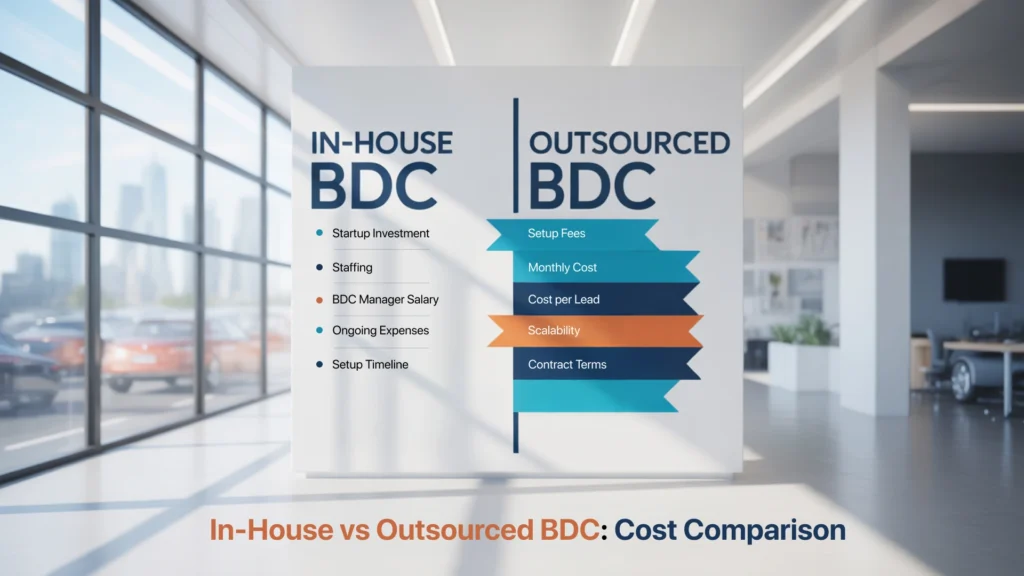
Outsourced BDC Costs
Outsourced BDC solutions are quicker to deploy and tend to be more affordable for smaller organizations or those looking for flexible assistance.
- Setup Fees – Most outsourced vendors have low or no setup fees to ensure a quick and easy onboarding experience.
- Monthly Cost – Pricing begins at under $1,000/month and includes all staffing, technology, and training, perfect for dealerships without internal resources. Many providers also offer advanced features like call routing to ensure customers reach the right agent quickly, boosting satisfaction and conversion rates.
- Cost per Lead – You pay per appointment or lead processed so your budget aligns with results.
- Scalability – Do you need additional assistance during busy seasons? Simply scale up your plan without adding new staff or building infrastructure.
- Contract Terms – Most outsourced BDC vendors provide month-to-month agreements, offering flexibility without long-term obligation.
How to Switch to a BDC Model Smoothly
Switching to a BDC, whether in-house or outsourced, requires careful coordination between your leadership, sales team, and marketing systems. A well-structured rollout ensures continuity, better productivity, and measurable results. Whether you’re considering the outsourced BDC vs in house BDC debate, these steps will help you make the transition seamless while protecting performance and morale.
1. Inform and Align Your Sales Team
Communication is the first step to successful BDC integration. Let your team know what’s changing, why it matters, and how it affects their roles. Consider integrating an automotive answering service to ensure no customer call goes unanswered during the transition, maintaining a professional image and continuous support.
- Clarify Roles– Explain to sales reps that auto BDC teams, whether internal or external, will now handle lead follow-ups and appointment setting. This frees up your sales reps to focus purely on closing deals.
- Discuss Compensation – To avoid pushback, clarify that commissions won’t be split. Instead, the BDC services are designed to increase the number of qualified appointments, giving sales reps more at-bats, not fewer.
2. Set Up Your CRM for BDC Success
An efficient CRM setup makes or breaks a BDC model. Whether you choose outsourced BDCs or in-house support, your CRM should reflect your strategy.
- Define Workflows – Build automated lead follow-up rules within your CRM. Define how many touchpoints are required and at what intervals to help your BDC managers stay on track.
- Train Your Team – Train your internal or external BDC team to update lead records, log conversations, and use CRM tools and call center software effectively. This helps track ROI and ensures a consistent customer journey.
3. Build a Lead Distribution System
Smooth lead handoff is essential when adopting a BDC model. An organized lead distribution process avoids missed opportunities and improves response time.
- Use a Round-Robin System – Assign leads fairly using a round-robin system. This ensures no agent is overloaded while keeping the experience fair across the board.
- Leverage CRM Insights – Distribute leads using real-time CRM data like close rates or average follow-up time. This data-driven approach works well for both outsourced BDCs and internal teams.
Why Spyne Is the Best Outsourced BDC Solution for Dealerships
Spyne’s Retail AI suite offers a next-gen outsourced BDC automotive solution that helps car dealerships engage leads, automate follow-ups, and convert more prospects, all without building an in-house team. When comparing outsourced BDC vs in house BDC, Spyne stands out with always-on support, intelligent automation, and multi-channel engagement. Whether you’re a large franchise or a small used car dealership, Spyne helps you scale your BDC services with zero overhead.
1. Never Miss a Lead with 24/7 AI Support
Our auto BDC tools, including smart chatbots, an AI sales assistant, and AI-powered call handling, work nonstop. Even when your sales reps are offline, Spyne qualifies leads, answers common questions, and books appointments. This ensures your BDC managers don’t lose out on high-intent opportunities, day or night.
2. Human-Like Conversations That Drive Real Results
Spyne personalizes every interaction using buyer data like preferences, behavior, and location. These real-time conversations simulate BDC experience at a physical dealership, making leads feel heard while increasing appointment show-ups and deal closures.
3. Instant Follow-Ups That Keep Leads Warm
Our outsourced BDC system automatically follows up based on customer behavior, whether it’s a test drive reminder or a price drop alert. This keeps your pipeline moving without increasing workload, letting your team focus on what matters.
4. CRM Integration for Full Visibility
No more jumping between tools. Spyne integrates directly with your automotive CRM, logging all lead info, conversations, and next steps in one dashboard. Your BDC managers get total visibility to monitor activity, track funnel stages, and close deals faster.
5. Reach Customers Across All Channels
From your website to Facebook Messenger and WhatsApp, Spyne supports omnichannel communication. This ensures every lead, no matter where they come from, gets the same high-quality treatment that defines great BDC services.
6. Focus on High-Intent Leads First
With built-in AI lead scoring for car dealerships, Spyne identifies hot leads and pushes them to the top of your sales queue. This is crucial for optimizing your cost per lead in automotive sales and increasing your close rate with less effort.
7. Book More Appointments, Automatically
Don’t just capture interest, convert it. Spyne’s AI schedules test drives, service calls, and follow-ups automatically. No manual back-and-forth, just more appointments on your team’s calendar.
8. Reduce Response Time and Boost Engagement
In the outsourced BDC vs in house BDC debate, speed is a major factor. Spyne drastically improves automotive lead response, reducing average response times and helping you engage leads instantly to avoid losing them to faster competitors.
9. Deliver a Dealership Experience Online
Spyne recreates the in-person BDC experience digitally. From guided inventory browsing to trade-in valuation, every lead interaction is handled smartly, just like a top-performing BDC in a car dealership would.
10. Scalable for Dealerships of All Sizes
Whether you’re managing a small lot or a large auto group, Spyne grows with you. Our outsourced BDC platform is flexible enough to support multi-store operations, multilingual outreach, and massive lead volumes, without hiring more reps.
Conclusion
Choosing between outsourced BDC vs in house BDC depends on your dealership’s unique needs, budget, and growth plans. While in-house BDCs offer control and close integration, outsourcing your BDC services to a trusted provider like Spyne gives you access to AI-driven automation, expert BDC managers, and 24/7 support, all at a predictable cost. For dealerships seeking to scale efficiently, improve lead follow-up, and enhance customer experience, an outsourced BDC automotive solution delivers faster ROI and greater flexibility. Understanding what BDC is in car sales and leveraging the right BDC model can transform your sales pipeline and help you close more deals with less effort. Ready to see how Spyne’s outsourced BDC can revolutionize your dealership’s lead management? Book a free demo today and experience smarter, faster, and more effective BDC services tailored to your needs.

